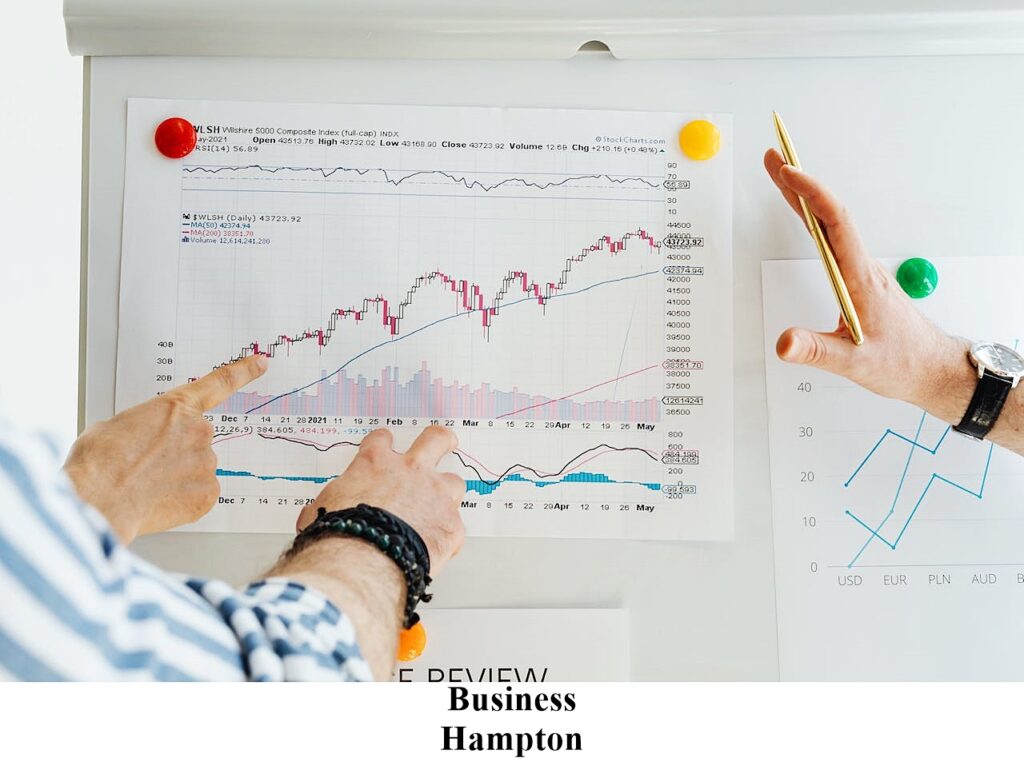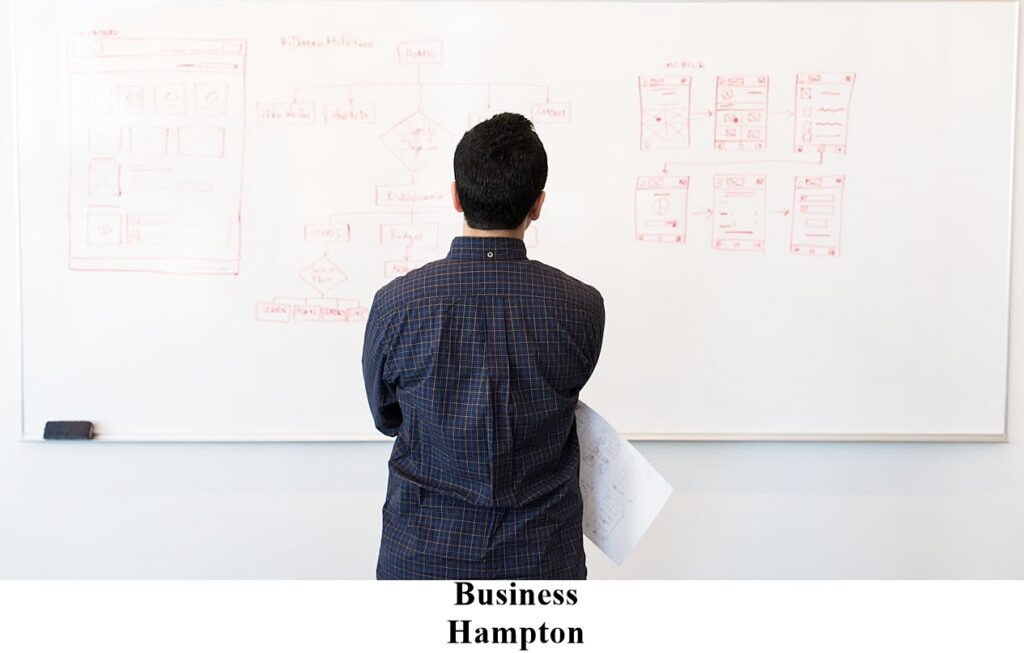- How to Use Balance Sheet to Determine if Your Business is Solvent - October 11, 2024
- How Sara Blakely’s New Entrepreneurial Venture “Sneex” Advocates for Women? - August 19, 2024
- How Modern Customer Acquisition Strategies Can Help Businesses Grow Tremendously - August 5, 2024

Table of Contents
What is a Balance Sheet?
Balance Sheet is an important metric that helps in determining the financial situation of a business at any given point of time. These financial statements gives an overview of financial standing of business including its assets, its liabilities and what value is left for the owners (equity) at that point of time.
What is the Structure of a Balance Sheet?
A balance sheet contains two primary sections. It is based on this basic calculation that is:
(Assets – Liabilities = Equity)
To explain this equation, assets are the resources that a business owns and may use for its benefit when needed. It includes current assets like items that can be converted to cash and used within a year like inventory, bank balance, and account receivable and non-Current Assets like long term investments/resources, property, machinery etc.
Whereas,
Liabilities are those debts that a company owes and needs to pay including short term loans, accounts payables and long term loans.
And,
Equity represents the all stakeholders claim on business’s assets or resources after clearing all the liabilities. This can also be called net worth of a business or shareholders equity. This also includes all the money invested by shareholders and profits made by company that were retained and not paid out as dividends.
What are different types of Balance Sheets?
These are different types of balance sheets that are usually a part of business’s financial statements.
Classified Balance Sheet:
These balance sheets classify both assets and liabilities into current and non-current. It helps in in identifying what payments are due and what assets are available that can generate cash.
Comparative Balance Sheet:
As the name suggests, these balance sheets are from different time periods in side by side format to make comparison easy.
Vertical Balance Sheet:
These are in a simpler form that presents numbers in a single column format for easier understanding.
What is an example of a Balance Sheet?
Let’s take example of a small business that has $5000 assets in cash, $3000 of office supplies and $10,000 of equipment. The liabilities of business are $5000 of loans. So first you will calculate equity of business.
Total assets: $5000 + $3000 + $10,000 = $18,000
Equity = Assets – Liabilities
= $18,000 – $5000
Equity = $13,000
So, the balance sheet would show that the business has total assets of $18,000, liabilities of $5000 and $13,000 in equity.
How to use balance sheet to determine if your business is solvent?
Solvency means that the assets of business are higher than its liabilities. That means business has enough assets to cover its debts. In the above mentioned example, the assets are exceeding the liabilities, so the business is Solvent.
Why is Balance Sheet important for a Business?
A balance sheet is a mandatory financial tool that can help business owners to constantly monitor the financial health of their business. Once as a business owner you know the current standing of your business in comparison of past, you can better understand important aspects like solvency of business and hence other future prospects.



